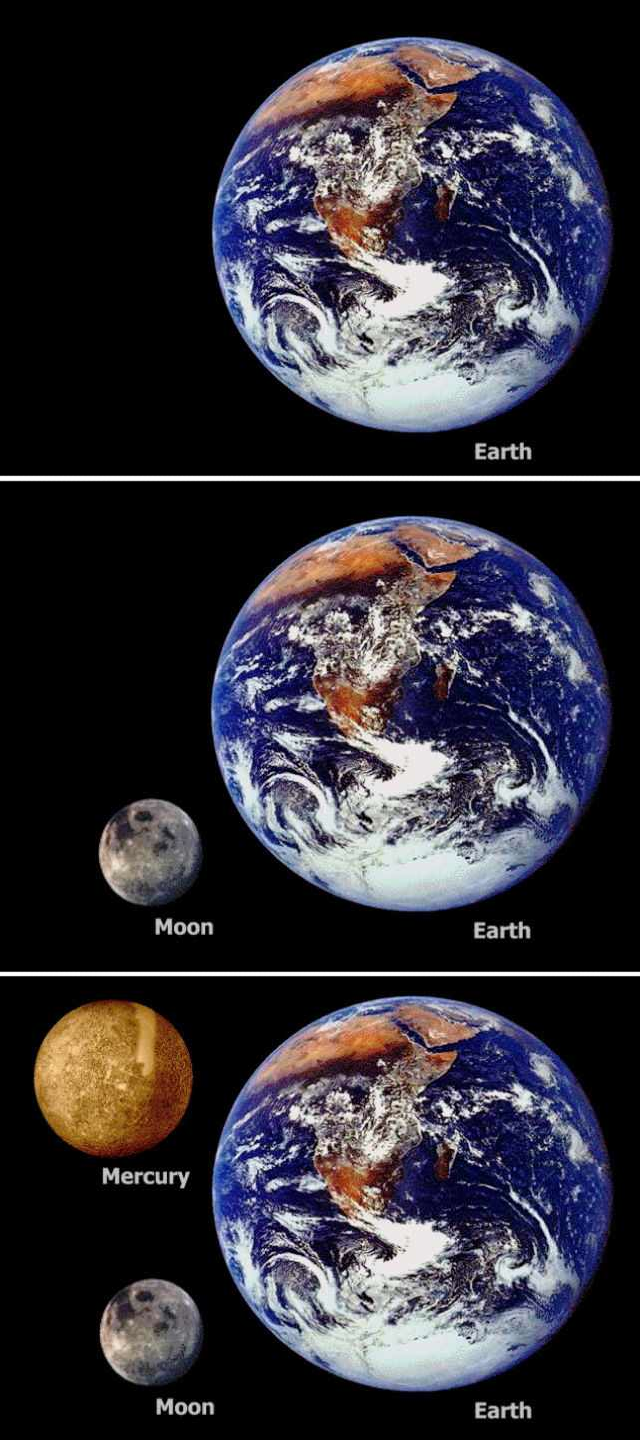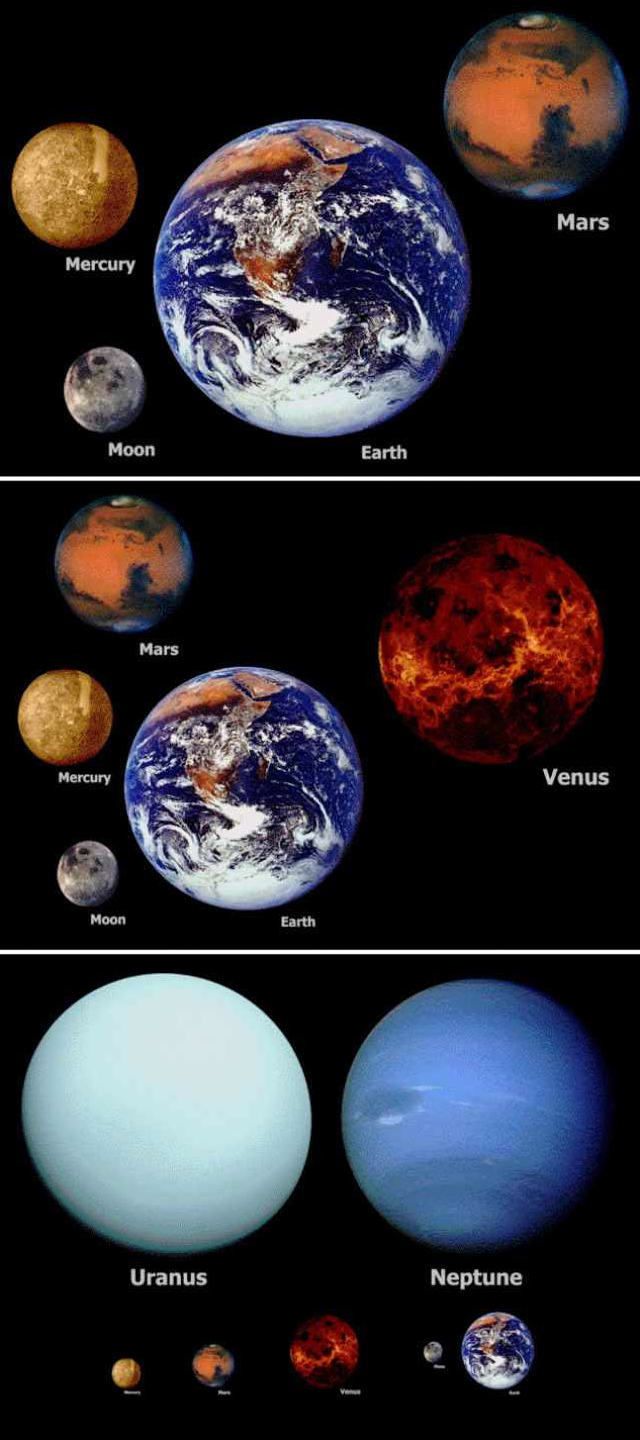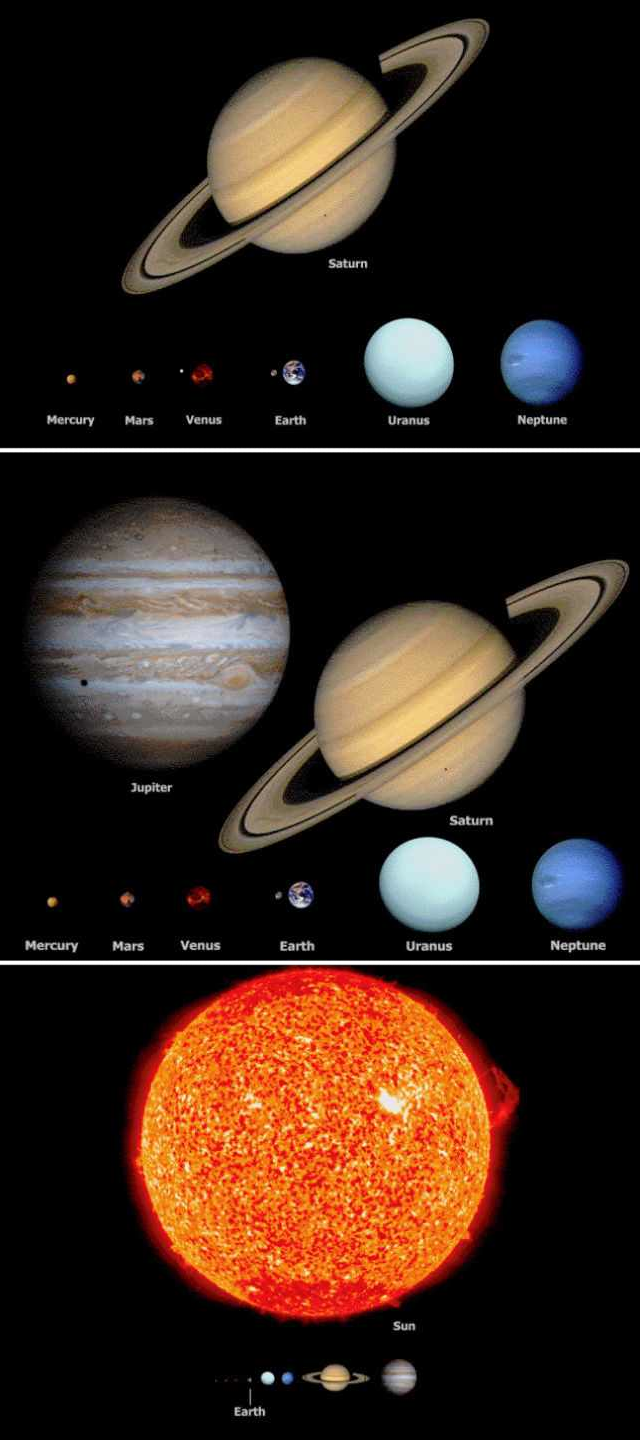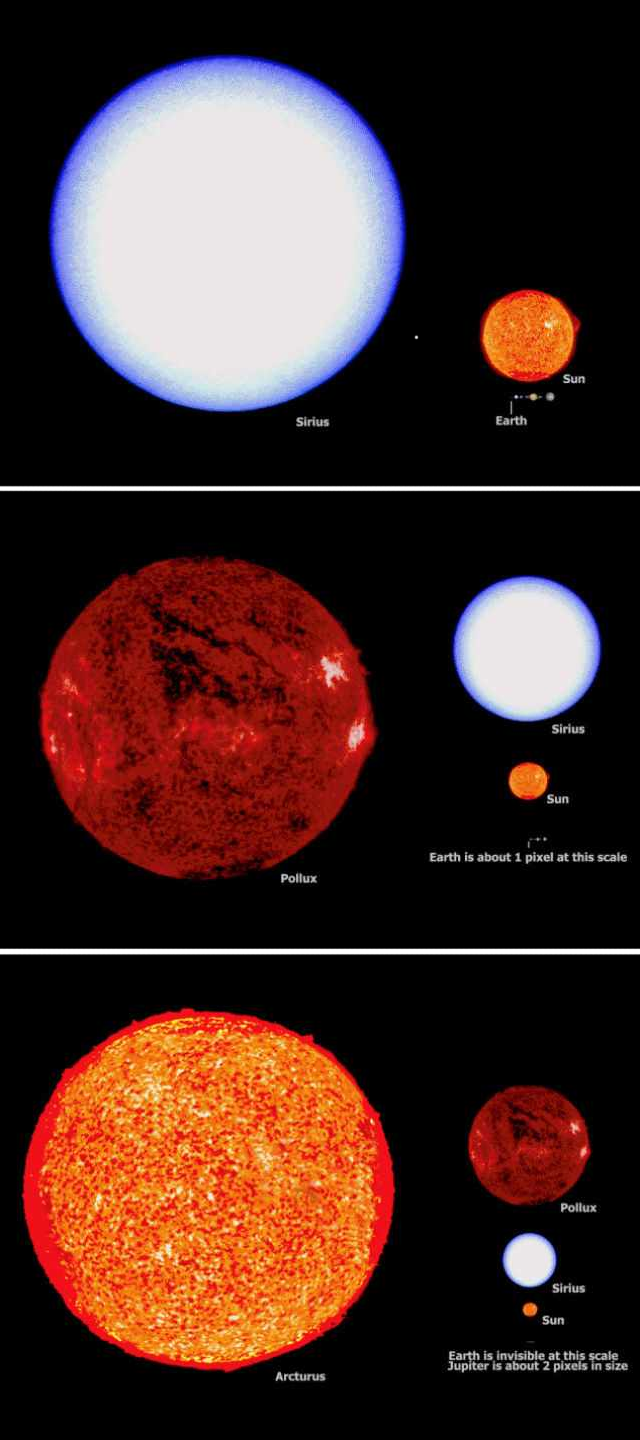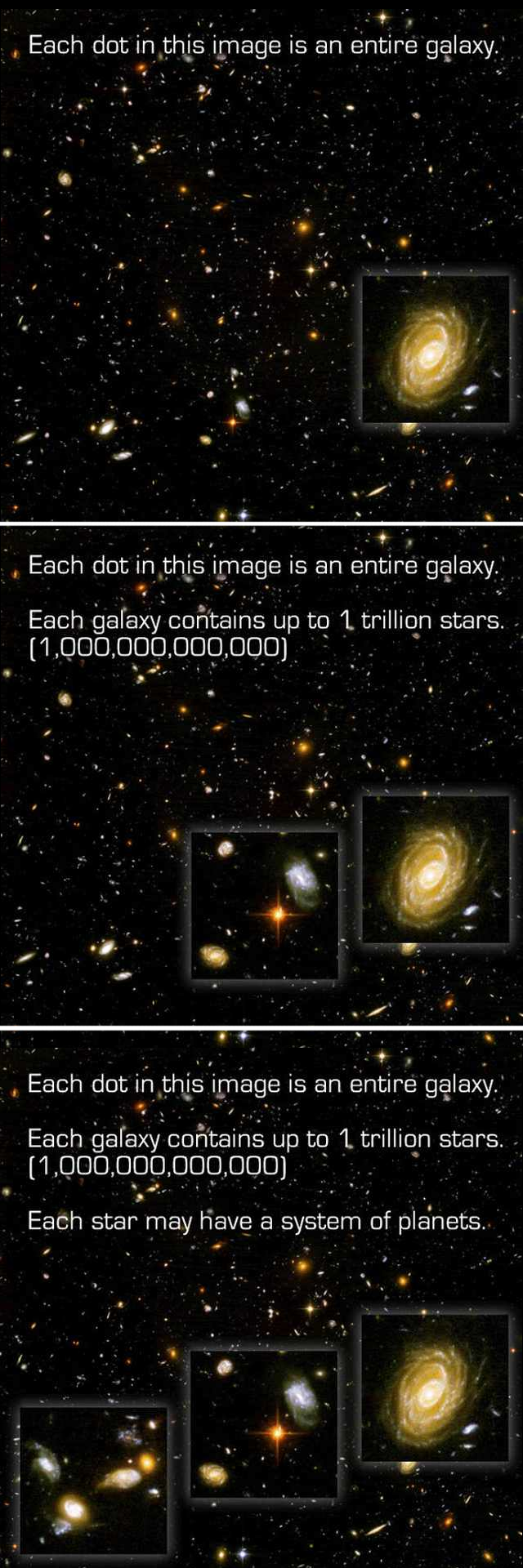Hey Everyone! I’m A Peer Tutor At My University And I Wanted To Share Some Study Strategies That I’ve







hey everyone! i’m a peer tutor at my university and i wanted to share some study strategies that i’ve found really helpful in my stem/content-heavy courses. please feel free to share yours with me as well!
(image descriptions under the cut)
Keep reading
More Posts from Science-child and Others
“Electrostatic force is that which governs the motion of the atoms. It is the force which causes them to collide and develop the life-sustaining energy of heat and light, and which causes them to aggregate in an infinite variety of ways, according to Nature’s fanciful designs, and forms all these wondrous structures we see around us. It is, in fact, if our present views be true, the most important force for us to consider in Nature.”
–Nikola Tesla
“Tesla, Marvel Of The Future.” Brooklyn Citizen, August 22, 1897.

What kind of math is needed to get to Mars? How is the path of the lander calculated?
I've been very curious about the basis on which the landing site is decided! I read that it will land in the Jerezo crater, so is there a particular reason behind choosing that place for the landing?
Sea Level Rise is on the Rise
As our planet warms, sea levels are rising around the world – and are doing so at an accelerating rate. Currently, global sea level is rising about an eighth of an inch every year.

That may seem insignificant, but it’s 30% more than when NASA launched its first satellite mission to measure ocean heights in 1992 – less than 30 years ago. And people already feel the impacts, as seemingly small increments of sea level rise become big problems along coastlines worldwide.

Higher global temperatures cause our seas to rise, but how? And why are seas rising at a faster and faster rate? There are two main reasons: melting ice and warming waters.
The Ice We See Is Getting Pretty Thin
About two-thirds of global sea level rise comes from melting glaciers and ice sheets, the vast expanses of ice that cover Antarctica and Greenland. In Greenland, most of that ice melt is caused by warmer air temperatures that melt the upper surface of ice sheets, and when giant chunks of ice crack off of the ends of glaciers, adding to the ocean.

In Antarctica – where temperatures stay low year-round – most of the ice loss happens at the edges of glaciers. Warmer ocean water and warmer air meet at the glaciers’ edges, eating away at the floating ice sheets there.

NASA can measure these changes from space. With data from the Ice, Cloud and land Elevation Satellite-2, or ICESat-2, scientists can measure the height of ice sheets to within a fraction of an inch. Since 2006, an average of 318 gigatons of ice per year has melted from Greenland and Antarctica’s ice sheets. To get a sense of how big that is: just one gigaton is enough to cover New York City’s Central Park in ice 1,000 feet deep – almost as tall as the Chrysler Building.
With the Gravity Recovery and Climate Experiment Follow-On (GRACE-FO) mission – a partnership with the German Research Centre for Geosciences – scientists can calculate the mass of ice lost from these vast expanses across Greenland and Antarctica.

It’s not just glaciers in Antarctica and Greenland that are melting, though. Nearly all glaciers have been melting in the last decade, including those in Alaska, High Mountain Asia, South America, and the Canadian Arctic. Because these smaller glaciers are melting quickly, they contribute about the same amount to sea level rise as meltwater from massive ice sheets.

The Water’s Getting Warm
As seawater warms, it takes up more space. When water molecules get warmer, the atoms in those molecules vibrate faster, expanding the volume they take up. This phenomenon is called thermal expansion. It’s an incredibly tiny change in the size of a single water molecule, but added across all the water molecules in all of Earth’s oceans – a single drop contains well over a billion billion molecules – it accounts for about a third of global sea level rise.

So Much to See
While sea level is rising globally, it’s not the same across the planet. Sea levels are rising about an eighth of an inch per year on average worldwide. But some areas may see triple that rate, some may not observe any changes, and some may even experience a drop in sea level. These differences are due to ocean currents, mixing, upwelling of cold water from the deep ocean, winds, movements of heat and freshwater, and Earth’s gravitational pull moving water around. When ice melts from Greenland, for example, the drop in mass decreases the gravitational pull from the ice sheet, causing water to slosh to the shores of South America.
That’s where our view from space comes in. We’re launching Sentinel-6 Michael Freilich, an international partnership satellite, to continue our decades-long record of global sea level rise.

What do you hope to find on the mars? / What would be the best possible outcome?
The Exploration Behind the Inspiration at NASA
Are we alone? How did we get here? Where are we headed?
At NASA, our mission is to explore. We visit destinations in our solar system and study worlds beyond to better understand these big questions.
We also dream. We dream of traveling to distant worlds, and what that might be like. In the video above you can see fanciful, imagined adventures to real places we’ve studied at NASA.
How We Did It
Check out how we created these otherworldly scenes in the video below. A NASA videographer used green screens to add motion and real people to bring life to our series of solar system and exoplanet travel posters.
Let’s dive into one example from the video. The shot of kayaking on Titan showcases the real rivers and lakes of liquid methane and ethane that slosh and flow on Saturn's largest moon. Titan's mysterious surface was revealed by our Cassini spacecraft, which also deployed the European Space Agency’s Huygens probe to the surface. The atmosphere on Titan is so thick, and the gravity so light, that with each strike of a paddle, you might be lofted above the swift current as you ride the tides through a narrow strait called the Throat of Kraken. NASA scientist Mike Malaska studies Titan and collaborated on the poster featured in the video. His research informed the artwork, and so did a hobby: kayaking. Those ultra-cold chemical seas might be even more of a challenge than shown here. Your boat might crack, or even dissolve, Malaska said.

We’ll learn more about Titan when our Dragonfly mission of dual quadcoptors — rotorcraft with eight blades each — visits the icy moon in 2034.
Science Never Stops
Our understanding of other worlds is always evolving, and sometimes we learn new details after we illustrate our science. In one of our travel posters, we show a traveler standing on the surface of exoplanet Kepler-16b with two shadows formed by the planet’s two suns. The planet does indeed orbit two stars, but with later size and mass refinements, we now think it would be hard to stand there and enjoy a binary sunset. There isn't a solid surface to stand on a gas planet, and that's what Kepler-16b now appears to be!
In addition to sharing how sublime science can be, these scenes are a reminder that there are lots of careers in the space program, not just scientist, engineer, or astronaut. A creative team at NASA’s Jet Propulsion Laboratory in Southern California produced the travel posters, originally to help share the work of NASA's Exoplanet Exploration Program. They are the result of lots of brainstorming and discussion with real NASA scientists, engineers, and expert communicators. The video versions of these spacey travel scenes were produced by visualization experts at NASA’s Goddard Space Flight Center in Greenbelt, Maryland.
All of this work is meant to inspire, and to explore the edge of possibility. It’s also an invitation. With science, we’re stepping into the future. Join us?
I still haven’t gotten over the fact that Hampshire College in Massachusetts has the worlds first non-human resident scholar.


THIS IS REAL

HOW IS THIS REAL



-
 simsimousse liked this · 2 weeks ago
simsimousse liked this · 2 weeks ago -
 yannzxxx liked this · 1 year ago
yannzxxx liked this · 1 year ago -
 noncontingentflesh liked this · 2 years ago
noncontingentflesh liked this · 2 years ago -
 firestaywithme reblogged this · 3 years ago
firestaywithme reblogged this · 3 years ago -
 govllin liked this · 3 years ago
govllin liked this · 3 years ago -
 yotasuke reblogged this · 3 years ago
yotasuke reblogged this · 3 years ago -
 weirpon reblogged this · 3 years ago
weirpon reblogged this · 3 years ago -
 mint-airis reblogged this · 3 years ago
mint-airis reblogged this · 3 years ago -
 tofuscorner liked this · 3 years ago
tofuscorner liked this · 3 years ago -
 lavendertranquil liked this · 3 years ago
lavendertranquil liked this · 3 years ago -
 lakelacrimosa reblogged this · 3 years ago
lakelacrimosa reblogged this · 3 years ago -
 kingsbedamned liked this · 3 years ago
kingsbedamned liked this · 3 years ago -
 nataliereneewalkr reblogged this · 3 years ago
nataliereneewalkr reblogged this · 3 years ago -
 vampiresplunderedourcats liked this · 3 years ago
vampiresplunderedourcats liked this · 3 years ago -
 cheesecake-xyz reblogged this · 3 years ago
cheesecake-xyz reblogged this · 3 years ago -
 masterpieceman reblogged this · 3 years ago
masterpieceman reblogged this · 3 years ago -
 masterpieceman liked this · 3 years ago
masterpieceman liked this · 3 years ago -
 abeesnail liked this · 3 years ago
abeesnail liked this · 3 years ago -
 savroz liked this · 3 years ago
savroz liked this · 3 years ago -
 nataliereneewalkr liked this · 3 years ago
nataliereneewalkr liked this · 3 years ago -
 pluggedintosaverockandroll reblogged this · 3 years ago
pluggedintosaverockandroll reblogged this · 3 years ago -
 pluggedintosaverockandroll liked this · 3 years ago
pluggedintosaverockandroll liked this · 3 years ago -
 cam369 reblogged this · 3 years ago
cam369 reblogged this · 3 years ago -
 cam369 liked this · 3 years ago
cam369 liked this · 3 years ago -
 gawkgawk6000 liked this · 3 years ago
gawkgawk6000 liked this · 3 years ago -
 oatmilkwh0r3 liked this · 3 years ago
oatmilkwh0r3 liked this · 3 years ago -
 destieliscanonnow liked this · 3 years ago
destieliscanonnow liked this · 3 years ago -
 ambugesa liked this · 3 years ago
ambugesa liked this · 3 years ago -
 theneonacademic reblogged this · 3 years ago
theneonacademic reblogged this · 3 years ago -
 melloser liked this · 4 years ago
melloser liked this · 4 years ago -
 antagonisthot liked this · 4 years ago
antagonisthot liked this · 4 years ago -
 red-prince-lio liked this · 4 years ago
red-prince-lio liked this · 4 years ago -
 m4n4h1l reblogged this · 4 years ago
m4n4h1l reblogged this · 4 years ago -
 m4n4h1l liked this · 4 years ago
m4n4h1l liked this · 4 years ago -
 harajukumasked liked this · 4 years ago
harajukumasked liked this · 4 years ago -
 lime-desu liked this · 4 years ago
lime-desu liked this · 4 years ago


